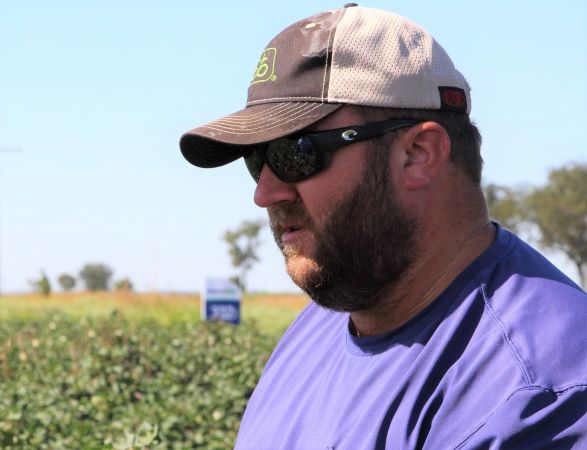When to Terminate Insecticide Applications in Cotton
By Dr. Phillip Roberts
The decision to terminate insect controls in cotton can be challenging in some fields, but a few basic considerations will assist in that decision.
When evaluating a field, a grower must first identify the last boll population which will significantly contribute to yield (bolls which you plan to harvest). In some situations, the last population of bolls which you will harvest is easy to see (i.e., cotton which is loaded and cutout). In others, such as late planted cotton, the last population of bolls you will harvest will be determined by weather factors (the last bloom you expect to open and harvest based on heat unit accumulation).
Once the last boll population is determined, the boll development or approximate boll age should be estimated. Depending on the insect pest, bolls are relatively safe from attack at varying stages of boll development.
The table below lists approximate boll age in days which bolls should be protected for selected insect pests. Cooler temperatures will slow plant development, and subsequent boll age values may increase in such environments. It is assumed that the field is relatively insect pest free when the decision to terminate insecticide applications for a pest is made.
Insect Pest(s) – Approx. Boll Age (days)
- Corn Earworm and Tobacco Budworm – 18-20 days, bolls fully sized
- Stink Bugs – 25 days
- Fall Armyworm – Bolls near maturity
- Foliage Feeders (soybean looper, beet armyworm, southern armyworm) – Bolls mature
- Sucking Insects (whiteflies and aphids) – Harvest (honeydew accumulation on lint)
Roberts is the University of Georgia Extension Entomologist








